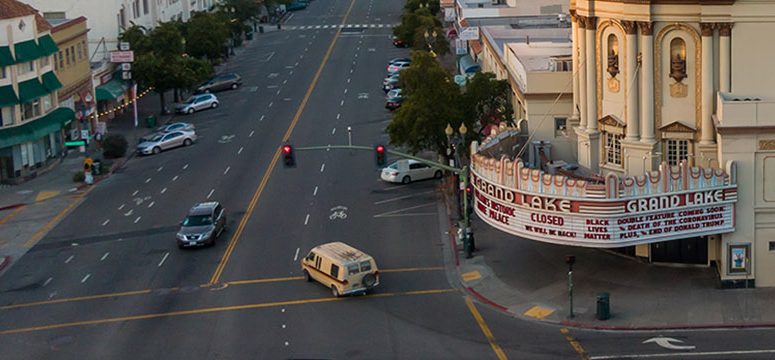When it comes to smart transportation options and city planning, Zurich can credibly claim to be the global champ. This Swiss city has enacted a number of policies and practices that have produced streets where people come first. Getting around and simply experiencing the city is a pleasure.
How did they do it? In a 1996 city decree referred to as "a historic compromise," Zurich decided to cap the number of parking spaces. From then on, when new parking spaces were built anywhere in Zurich, an equivalent number of spaces had to be eliminated elsewhere within the city limits. Many of the new spaces that have been built since then come in the form of underground garages, which allow for more car-free areas, plazas, and shared-space streets.
Zurich also has an intricate system of more than 4,500 sensors that monitor the number of cars entering the city. When that number exceeds the level Zurich's streets can comfortably accommodate, all cars are halted on highways and main roads into the city until congestion is relieved. Thus, there is never significant traffic back-up in the city itself.
It's tough to top the city's transit options. Zurich has a network of comfortable commuter trains and buses, plus the magnificent gem of the city: its 15-line tram system. Trams run everywhere frequently and are easy to hop on and off. The coordination of the lines is a wonder to behold. And it's the preferred way to travel in the city center -- business men in suits traveling to the richest banks in the world ride next to moms and skateboarders.
That's only the beginning of some of the great things going on in Zurich. Bike mode share is now 6 percent and climbing. People flock to the amazing parks and rivers that have been cleaned up. Car-free and car-lite streets are filled with restaurants and people at all times of day. If you can never get to Zurich yourself, I hope you'll be able to experience a bit of what it's like via this Streetfilm.
Note: All stats in the video are from the Mobility and Transport Microcencus of 2010 by the Federal Government of Switzerland. The survey on travel behavior has been conducted every five years since 1974.





